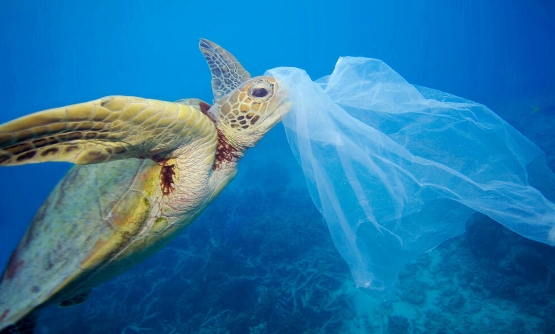Sea turtles are fascinating creatures that spend most of their lives in the ocean. One of the most intriguing aspects of their behavior is their feeding habits. Researchers have been working hard to uncover the secrets of sea turtle feeding habits, in order to better understand and protect these majestic creatures.
What do sea turtles eat?
Sea turtles are predominantly herbivores, with their diet consisting mainly of sea grasses and algae. However, some species are omnivores and will also feed on jellyfish, crustaceans, and other small marine animals. The specific diet of a sea turtle will depend on its species and size.
How do sea turtles find their food?
Sea turtles have excellent senses that help them locate their food. They use their vision to spot prey, and their sense of smell helps them detect the scent of food in the water. Some species of sea turtles also have specialized adaptations, such as sharp beaks or serrated jaws, that help them break down tough plant material or crush the shells of their prey.
Where do sea turtles feed?
Sea turtles can be found feeding in a variety of marine habitats, including coral reefs, seagrass meadows, and open ocean waters. Some species of sea turtles are known to migrate long distances to find optimal feeding grounds. For example, green sea turtles will travel thousands of miles to nest on remote beaches and then return to specific feeding areas.
Why is understanding sea turtle feeding habits important?
Understanding the feeding habits of sea turtles is crucial for their conservation. By knowing what they eat and where they feed, researchers can better protect important habitats and ensure that sea turtles have access to the food they need to survive. Additionally, studying sea turtle feeding behaviors can help scientists assess the health of marine ecosystems and identify potential threats, such as pollution or overfishing.
In conclusion, uncovering the secrets of sea turtle feeding habits is essential for the conservation of these amazing creatures. By continuing to study and understand their dietary needs, researchers can work towards ensuring the long-term survival of sea turtles in our oceans.

